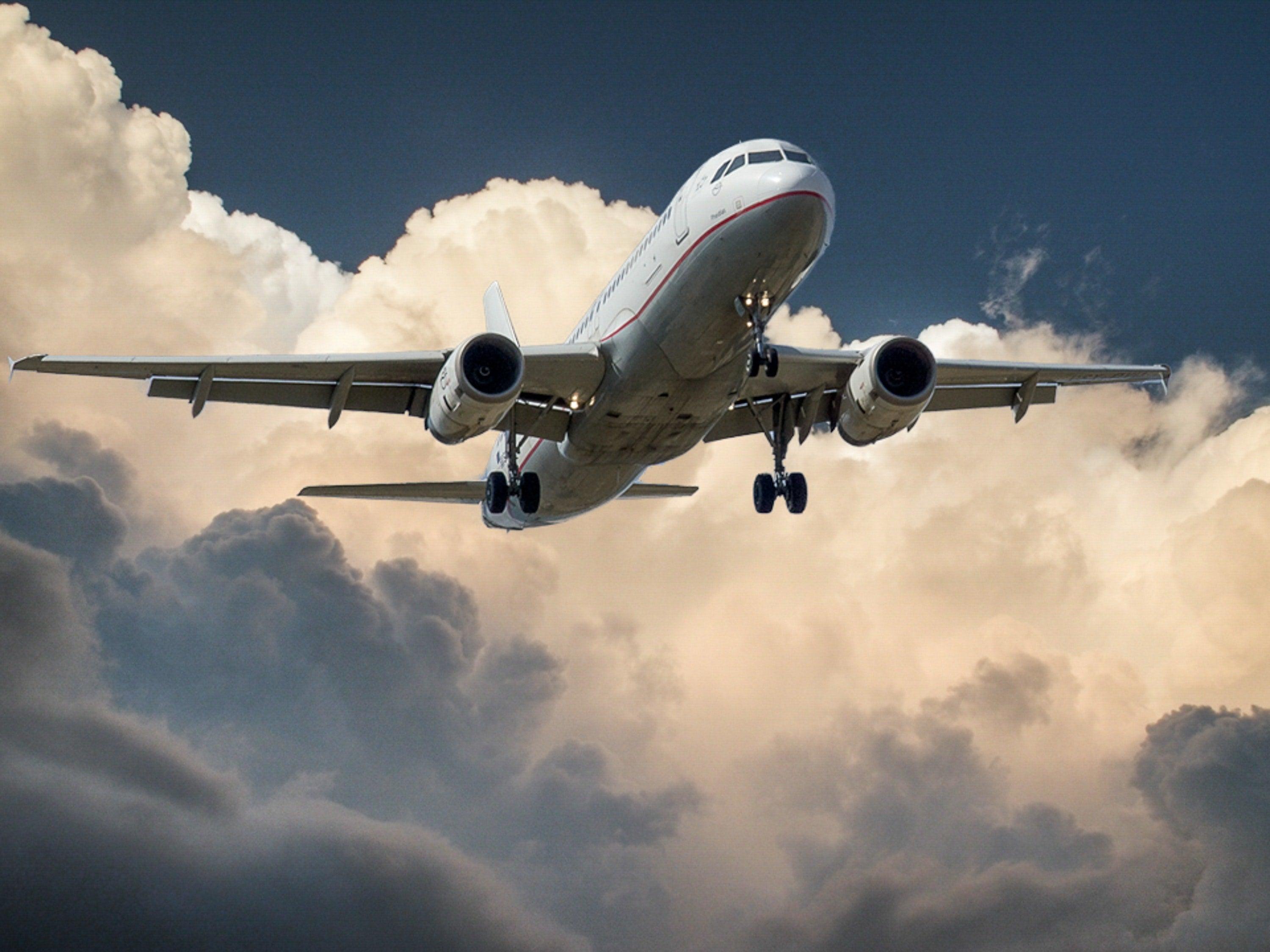Artikel: How The Aviation Industry Has Evolved Over The Years - A History of Modern Aviation

How The Aviation Industry Has Evolved Over The Years - A History of Modern Aviation
The aviation industry has come a long way since the Wright Brothers took their first flight in 1903. In the century that followed, the industry has grown from a handful of small planes to a multi-billion dollar global industry. From the introduction of the first jet engines to the development of the modern air traffic control system, the evolution of aviation has been remarkable. From the introduction of supersonic flight to the development of unmanned aerial vehicles (UAVs), the industry has continued to innovate and develop new technology. The aviation industry has come to encompass a wide range of sectors, from commercial airlines to military aviation, and has become a cornerstone of the modern global economy. In this article, we'll trace the history of aviation, from its humble beginnings to its current state as an industry leader.
The Early Years: The Wright Brothers and the Beginnings of Flight
The aviation industry has its origins in the 19th century, when people began experimenting with the concept of human flight. Some of the first attempts to fly were made by the Wright Brothers, who constructed their first plane in 1900. The plane featured a wing-flapping mechanism and was powered by an engine designed by the Wrights. On December 17, 1903, the Wright Brothers took their first flight at Kitty Hawk, North Carolina. Although the flight lasted only 12 seconds and covered a distance of just 39 meters, it marked the beginning of a new era in human transportation. Following the first successful flight, aviation research and development continued. In the 1920s, the first commercial airline flights were introduced. These were short-haul flights; passengers boarded small single-engine propeller planes at a nearby airport and were able to travel to their destination with just one stop for fuel.
The Jet Age: The Development of Jet Engines and Supersonic Flight
The first decade of the jet age introduced major advancements in commercial air travel. The 1950s saw the introduction of the first commercial jet engines, which dramatically increased the speed and efficiency of commercial air travel. The first commercial jet flights took passengers from New York to Paris with just one fuel stop. In the 1960s, commercial airlines began operating faster and more efficient turboprop jets. The first supersonic commercial jets were introduced in the late 1950s, although flights were limited to shorter distances due to the loud noise created by breaking the sound barrier. Commercial flight also became safer and more reliable during the jet age. In 1958, the first automatic flight control system was introduced on a commercial jetliner. This system enabled the plane to fly itself in case of pilot sickness or incapacitation. By the end of the jet age, the first radar-based air traffic control systems were introduced. These systems allowed planes to travel safely at much higher altitudes and set the stage for the development of the modern aviation system.
The Modern Era: The Development of Air Traffic Control Systems
The 1960s were a pivotal decade in the development of the aviation industry. This was the era when the first air traffic control systems were introduced. The first system, the Ground Controlled Approach (GCA), was introduced in New York City in 1948. The first Air Traffic Control (ATC) system, the Semi-Automatic Ground Environment (SAGE), was introduced in 1958. This system used radar to track flights and provided pilots with real-time weather updates. The SAGE system also used computers to monitor and control flights and became the first system to provide computerized flight plans. Some of the other important milestones in the development of aviation during the modern era include the introduction of the Boeing 747 in the late 1960s and the first commercial supersonic flight in the late 1970s. The first computer-based air traffic systems were also introduced during the early 1980s; this allowed the industry to expand as passenger numbers continued to grow.
The Digital Revolution: Automation and Unmanned Aircraft
The 1980s marked the beginning of the digital revolution in aviation and the development of more advanced flight systems. The first fully computerized air traffic control system was introduced in 1983. This system, called the Joint Air Traffic Control System, provided pilots with weather information and enabled them to fly more direct routes. This system also allowed flights to be monitored and modified in real-time. The introduction of more advanced and automated flight systems continued to mark the development of the aviation industry. The introduction of digital fly-by-wire systems enabled pilots to fly more direct routes and land in more challenging weather conditions. The first Advanced Automation System was introduced on commercial flights in the mid-1990s. Air traffic systems were also modernized during the digital revolution. The arrival of the Internet and the development of more advanced communication protocols enabled flight systems to be computer-integrated. This set the stage for the emergence of common digital communications systems between air traffic control and aircraft.
The Future of Aviation: Autonomous Flight and Electric Power
As the aviation industry moves towards the future, the focus is on development of more advanced and autonomous flight systems. The first fully autonomous flight system was introduced in 2011. This system, known as the Next-Generation Air Transportation System (NextGen), offers pilots real-time weather data and enables them to fly more direct routes. Future developments in aviation will also include the adoption of more advanced electric power systems. The aviation industry is currently undergoing a shift towards electric power systems. This shift is being driven by the rising cost of hydrocarbon-based fuel and the need to reduce carbon emissions. Electrical systems are also more efficient and quieter than mechanical systems and offer the potential for greater energy savings in the future.
Conclusion: How the Aviation Industry Has Evolved
The aviation industry has come a long way since the Wright Brothers took their first flight in 1903. In the century that followed, the industry has grown from a handful of small planes to a multi-billion dollar global industry. From the introduction of the first jet engines to the development of the modern air traffic control system, the evolution of aviation has been remarkable. From the introduction of supersonic flight to the development of unmanned aerial vehicles (UAVs), the industry has continued to innovate and develop new technology. The aviation industry has come to encompass a wide range of sectors, from commercial airlines to military aviation, and has become a cornerstone of the modern global economy. In this article, we've traced the history of aviation, from its humble beginnings to its current state as an industry leader.



Hinterlasse einen Kommentar
Diese Website ist durch hCaptcha geschützt und es gelten die allgemeinen Geschäftsbedingungen und Datenschutzbestimmungen von hCaptcha.